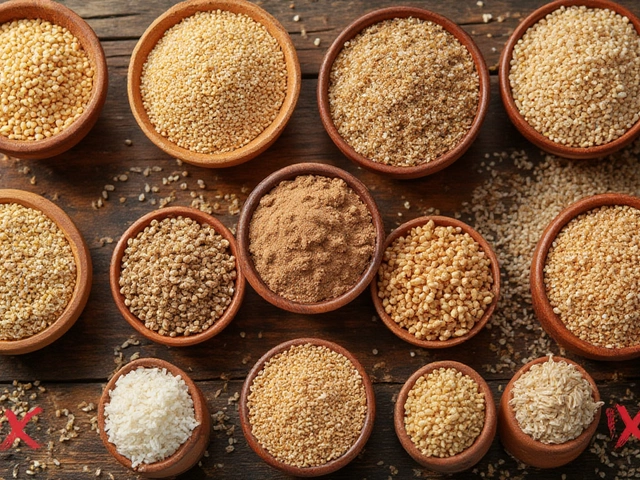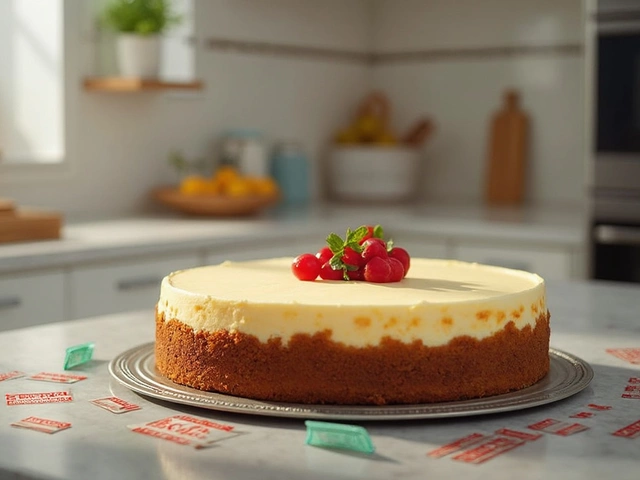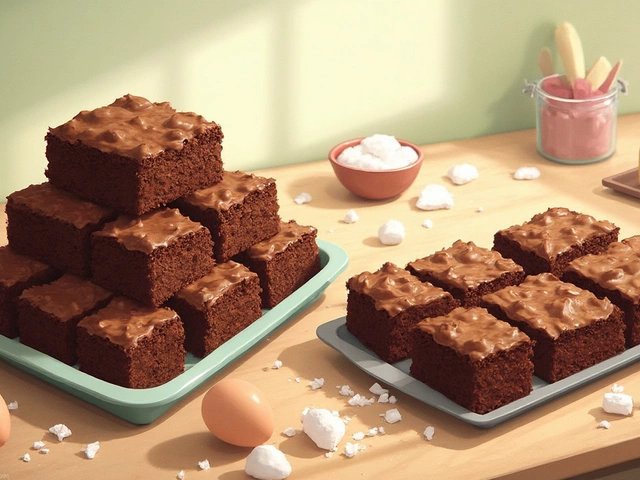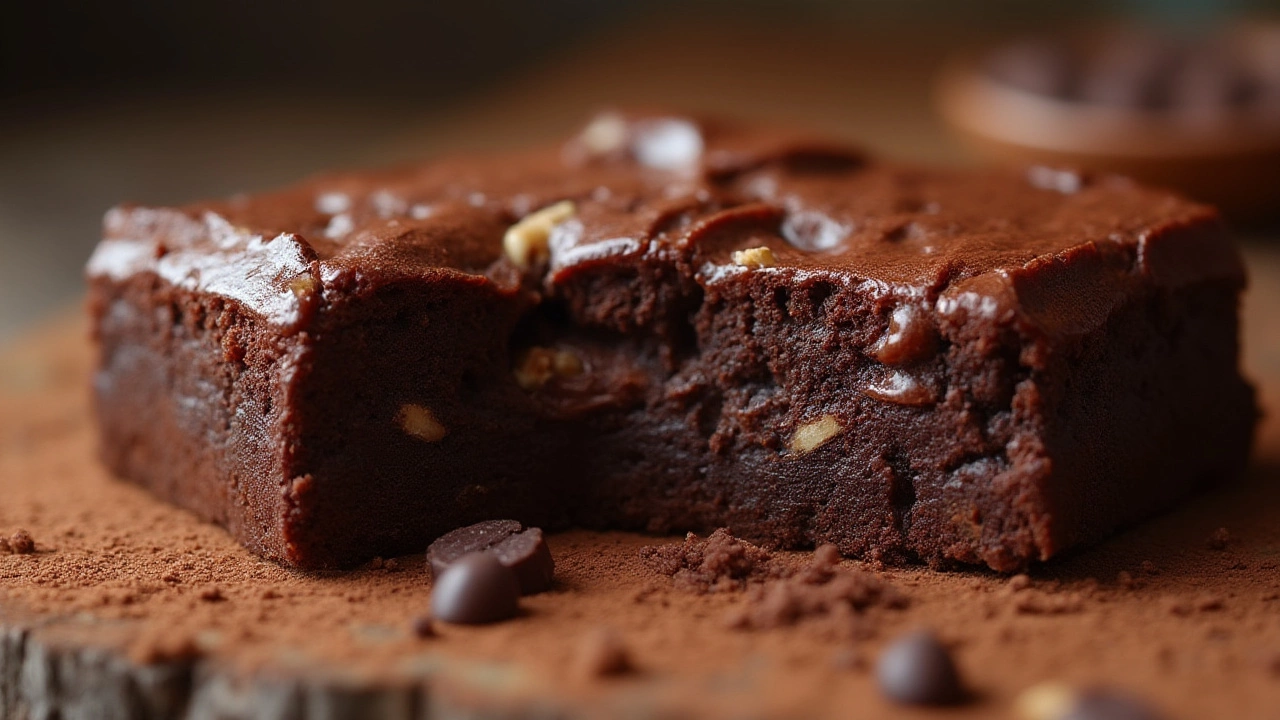
If you’ve ever caught yourself craving the smell of brownies baking (even if you’re not a chocolate fiend), you know there’s something about that flavor that’s hard to resist. People try to describe it as chocolatey, rich, or fudgy, but those words always seem to fall a bit short, don’t they? Brownie flavor isn’t just plain chocolate; it’s deeper, bolder, and honestly, dangerously moreish. It clings to your senses—sort of sweet, kind of bitter, and almost always triggering that little voice in your head: “Just one more bite.” Grocery store aisles are loaded with “brownie” flavored everything these days—ice cream, protein bars, lattes—yet most of them just don’t nail the real deal. So, what gives brownies that iconic flavor? And why can’t we stop obsessing over it?
Unpacking the Taste: What Really Makes Brownie Flavor?
Bite into a brownie and you’ll notice it doesn’t taste like any regular chocolate cake or simple fudge. The secret? It’s all in the chemistry. Brownies combine cocoa powder and real chocolate (sometimes both) to deliver that intense flavor. But the magic happens when you add butter, sugar, eggs, and sometimes a pinch of salt or a splash of vanilla. The fat from the butter carries flavors across your tastebuds in a much richer way than oil ever can. That’s why brownies taste so comforting—it’s that blend of bittersweet chocolate and creamy, mouth-coating fat that lingers.
Let’s talk about texture: Fudgy brownies are different from cakey ones because of how the ingredients are balanced. Fudgy brownies use more butter and less flour, giving you a dense, melt-in-your-mouth result. That gooey texture isn’t just satisfying—it’s part of the flavor, too. When you chew, your mouth warms the brownie slightly, releasing more of those chocolate aromas. Researchers from the University of Nottingham found that our brains classify “brownie” as a unique, sensory-rich experience—mixing nostalgia, comfort, and delight—because of the way the cocoa’s aroma mingles with dairy fats and molten sugar.
Now, here’s an insider trick: Adding a little espresso powder can deepen the chocolate flavor, making brownies taste even ‘brownier’, without turning them into an actual coffee dessert. That’s why some of the best brownie recipes sneak in coffee or espresso. Another fact that throws people—vanilla is crucial. Even though you won’t taste the vanilla outright, it heightens the sweet and chocolatey notes, sort of like boosting the contrast on a photo. Without it, brownies taste flat. And don’t forget the salt. Just a pinch lifts all the flavors and keeps the sweetness in balance. Professional bakers swear by it.
Finally, the crust. That shiny, paper-thin crackle on top? It comes from beating sugar and eggs until glossy before mixing with the chocolate. That perfect crust isn’t just for looks—it adds a lighter, sweet crunch that’s totally addicting and helps contrast the soft inside.
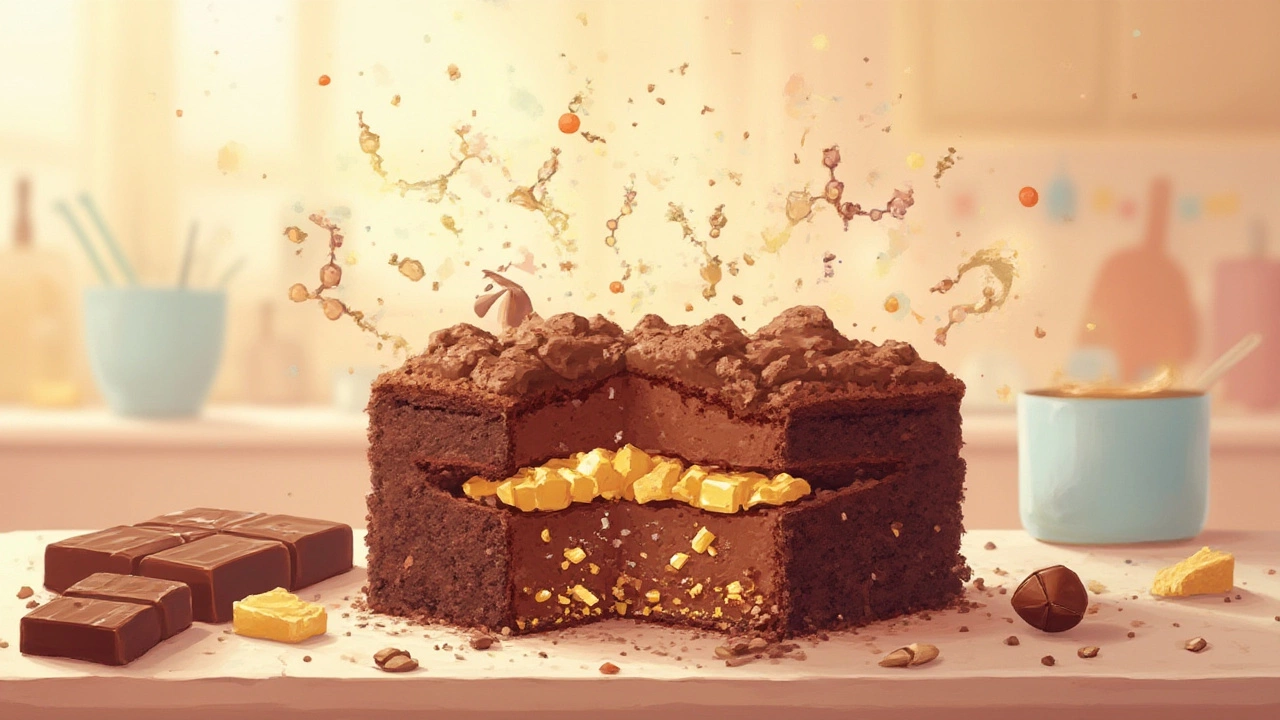
Brownie Flavour Around the World: Twists and Inspiration
The classic American brownie started in the late 19th or early 20th century (depending on who you ask). It was probably first whipped up in Chicago, but it went big fast in home kitchens across the US and eventually, everywhere chocolate lovers live. Still, not every brownie is the same, and each country puts its own spin on it for a new twist on that familiar flavor.
In France, for example, brownies tend to be less sweet and use darker, richer chocolate. Italians might add nuts like hazelnuts or walnuts, giving the brownies a nutty depth and a little crunch. In South America, you’ll find dulce de leche swirled through the batter, bringing a caramel-like vibe that plays off the bitterness of cocoa. Here in England, brownies often show up with add-ins—think chunks of milk or white chocolate, or even a swirl of raspberry for a tart touch. Cafés in Brighton (where I live) are always trying creative versions. Matcha brownies, anyone? It’s a totally different taste, but still delivers that rich, moist bite.
If you check TikTok, you’ll spot stuffed brownies—layers of cookies, marshmallows, even peanut butter. Home bakers love getting creative, but the base flavor still comes back to that classic chocolate, butter, sugar combo. This keeps the “brownie” taste front and center, even with all the extras piled on. Artificial brownie flavors found in snacks and shakes usually lean on a mix of cocoa powder, vanillin (an artificial vanilla), and caramel coloring. Mass-produced brownies sometimes use palm oil or margarine instead of butter, which can make them taste flat or waxy. If you’re serious about flavor, real butter makes all the difference—even if it’s only for a once-in-a-while treat.
Brownie flavor isn’t static, though. People play with spices like cinnamon, chili, or ginger to bring heat and intrigue. Ever tried a bourbon brownie? The alcohol cooks off, leaving behind sweet, smoky notes that feel super sophisticated. If you want to go dairy-free, coconut oil adds a slight tropical touch while keeping brownies moist and rich. There’s no single “right” version, but each tweak adds a new layer to what “brownie” can mean.
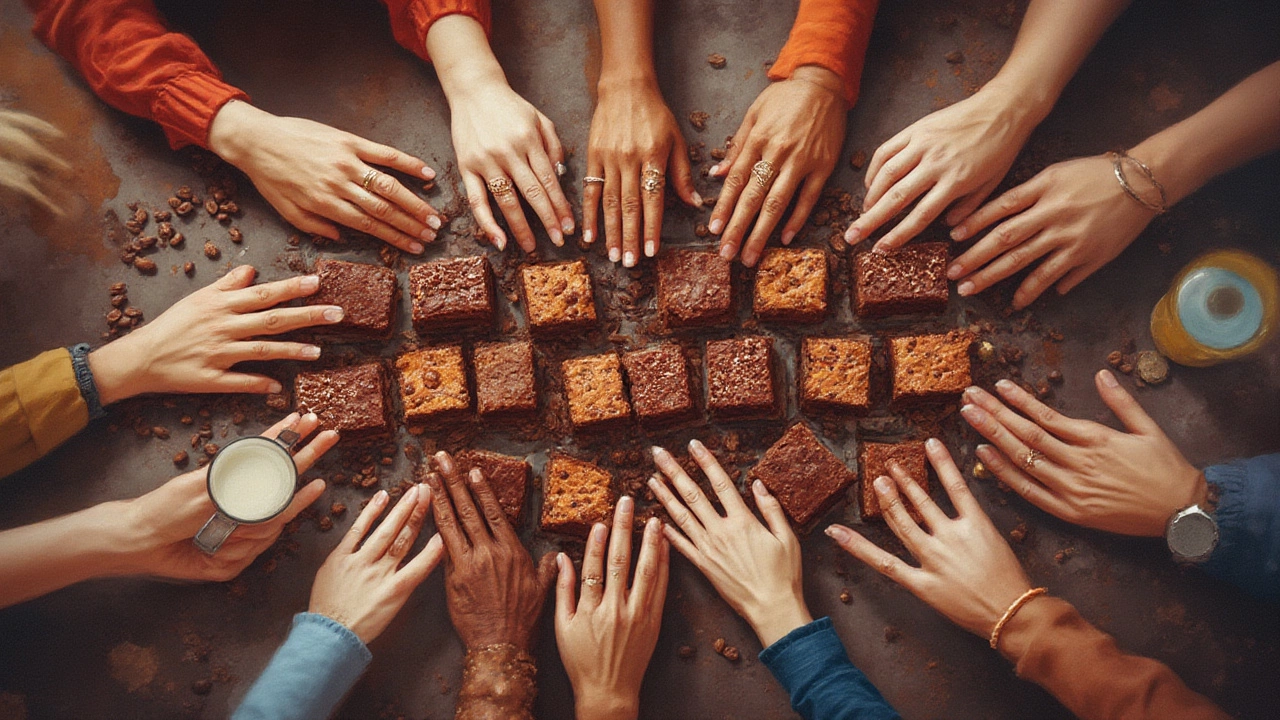
Tips & Tricks for Boosting That Signature Brownie Flavor
If you want to really master the brownie flavor at home, a few tried-and-true tips can help. Start with the best cocoa you can get your hands on—higher quality cocoa, like Dutch-processed, gives a deeper, less acidic taste compared to store-brand cocoa. If your recipe calls for actual dark chocolate, use one with about 70% cocoa solids for extra punch. Cheap chocolate won’t give you the same intensity and can make finished brownies taste bland.
Don’t skip the salt, even if you think dessert should be sweet. Sea salt flakes sprinkled on top add a pop and actually bring out the flavor of the chocolate. Use room-temperature ingredients so everything mixes smoothly—cold butter or eggs can make your batter lumpy, and lumps can bake into weird, dry patches. When it comes to mixing, don’t overdo it; this keeps your brownies dense and fudgy, not tough. Use a metal pan if you like crusty edges, or glass if you want a softer, chewier result.
Baking time is key, too. Pull brownies out as soon as the middle looks set but not dry—usually when a toothpick comes out with just a few moist crumbs. They’ll keep baking from residual heat, so don’t wait for a dry tester or they’ll be overcooked. After baking, let them fully cool before slicing for neat squares, or dig in early for soft, gooey pieces (no judgment—you do you!).
If you’re feeling adventurous, try browning your butter before mixing. Browned butter has nutty, toffee-like notes that echo and deepen the chocolate experience. Another trick: stir in chopped chocolate or chips at the very end for pockets of molten chocolate throughout. Add-ins like nuts, dried cherries, or even a sprinkle of malt powder can give a nod to other dessert favorites without stealing the show from that classic brownie backbone.
Storage can affect flavor, too. Brownies taste best a day after baking, when the flavors blend and mellow. Store them in an airtight tin at room temperature—they dry out fast in the fridge. Freeze leftovers tightly wrapped; they pop back to life with a quick zap in the microwave. If you want to fake that “fresh from the oven” aroma, heat up a square for 15 seconds and your whole kitchen will smell like heaven.
So next time you’re tempted by that rich, almost smoky chocolatey goodness, remember—brownie flavor isn’t just about cocoa or sugar. It’s about balance, layering, and finding joy in a simple bite (or three). Whether you like them dense and gooey, light and cakey, or loaded with toppings, that unforgettable brownie magic is always a blend of nostalgia, science, and a little bit of butter.

